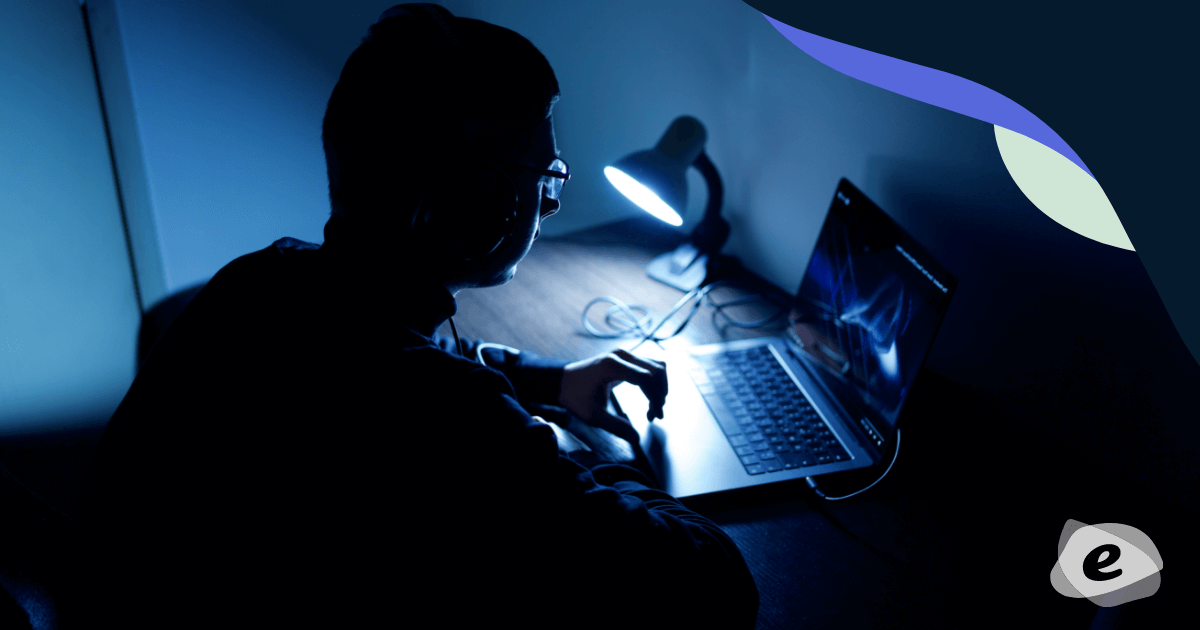
The internet has brought huge benefits to humanity but, as Australia’s eSafety Commissioner, I’m also aware of the many ways it has been weaponised to perpetuate abuse and inequality.
As we celebrate a tech-focused International Women’s Day, I’d like to call on industry, governments and communities everywhere to join eSafety in working towards a safer online space where everyone is free to participate and prosper.
This year’s theme for the Day – DigitALL: Innovation and technology for gender equality – rightly acknowledges the powerful new educational and economic opportunities technology offers to women and girls.
But it also recognises a gender-responsive approach is required to ensure those opportunities are fairly realised.
As a member of Australia’s delegation to the United National Commission on the Status of Women in New York this week, I’ll be sharing eSafety’s perspective on the measures necessary for doing so, as well as seeking insight from the experience of our international counterparts.
Established in 2015 as Australia’s independent regulator and educator for online safety, eSafety was the first government organisation of its kind anywhere in the world.
In the years since, we’ve accumulated a sizable body of data, experience and expertise on the many ways technology can be misused, particularly via the mass content sharing platforms enabled by Web 2.0.
Of course, Web 2.0 has brought many good things, including new ways to learn, communicate and connect.
All too often, however, its interactive possibilities have been co-opted to intimidate, silence and harass.
And often, it is women who bear the brunt. This kind of abuse falls within a category of online harms referred to by the UN and others as Technology-Facilitated Gender-Based Violence (TFGBV).
In Australia, 1 in 3 women who were surveyed for eSafety’s Women in the Spotlight research reported encountering online abuse in a work context, for example.
The impact at a personal level is bad enough but our research shows it also affects careers.
Many women surveyed took a backward step professionally after abuse, avoiding leadership positions and dodging discussion topics they feared would be inflammatory.
Many also retreated from online spaces generally and lowered their public profile.
Of course, we know this it is not solely a women’s issue. But the nature and intensity of online abuse against women manifests differently – targeted abuse is often personalised, sexualised and violent in nature, causing real, substantial and enduring harm.
Rooted in misogyny and reflecting society’s broader attitudes about gender roles, often it is targeted at women simply because they are women.
Other forms of gendered online abuse include hate speech, sexual harassment, technology-facilitated coercive control, image-based abuse, gendered online misinformation and disinformation, and digital misogyny.
Gender equity in tech requires access to the devices and services needed to connect but it also depends on an online world that is safe for women and girls when they get there.
Left unaddressed, the harms I’ve described will lead to more women being excluded from public debate and missing out on education, career and economic opportunities.
At eSafety we we’re tackling this in a number of ways, including our investigative and regulatory schemes, responding to complaints from the public and working with industry to address priority areas, especially abuse of women and children.
Education is also crucial. Our Women in the Spotlight program conducts regular Social Media Self Defence workshops, for example, teaching skills to use social media more safely. We are offering free webinars on this training in the interests of helping #CrackingTheCode this week.
The idea is to preserve access to social media’s professional benefits while reducing the risks. We provide lots more information and advice at eSafety.gov.au.
Ultimately, however, the best way to tackle technology facilitated abuse is to reduce the possibility of it occurring in the first place. That will involve a degree of concerted cultural and behavioural change that will take time to manifest. In the meantime, technology companies can take more responsibility to anticipate and prevent misogynistic abuse.
With this in mind, eSafety has developed Safety by Design, a set of principles and practical tools aimed at ensuring safety is embedded at the start of the technology design process, and throughout the lifecycle of digital products and services – rather than relying on catch-up measures after harms have occurred.
Think of this like encouraging technology companies to reduce harms by embedding virtual seatbelts, digital guardrails or trolling airbags.
Safety by Design tools have now been downloaded from companies in 52 countries. This week in New York I’m hoping to inspire a few more.
Artificial intelligence and machine learning technologies are here; they just need to be deployed for safety. Many tech companies have online hate policies in place; they just need to be enforced.
Our assessment tools also surface industry innovations and best practice in this space so that companies deploy similar interventions.
In New York, I’ll also be working to build on some of the excellent cooperation we already have with our international government partners, including through the Global Online Safety Regulators Network we launched last year, and the Global Partnership for Action on Gender-Based Online Harassment and Abuse.
Technology doesn’t recognise borders and the internet, by definition, is global. Events like this, therefore, are crucial. There needs to be a consistent global response.
We have a lot to learn from each other. The more we can work together, the safer our online world will be for everyone, whatever their gender.




